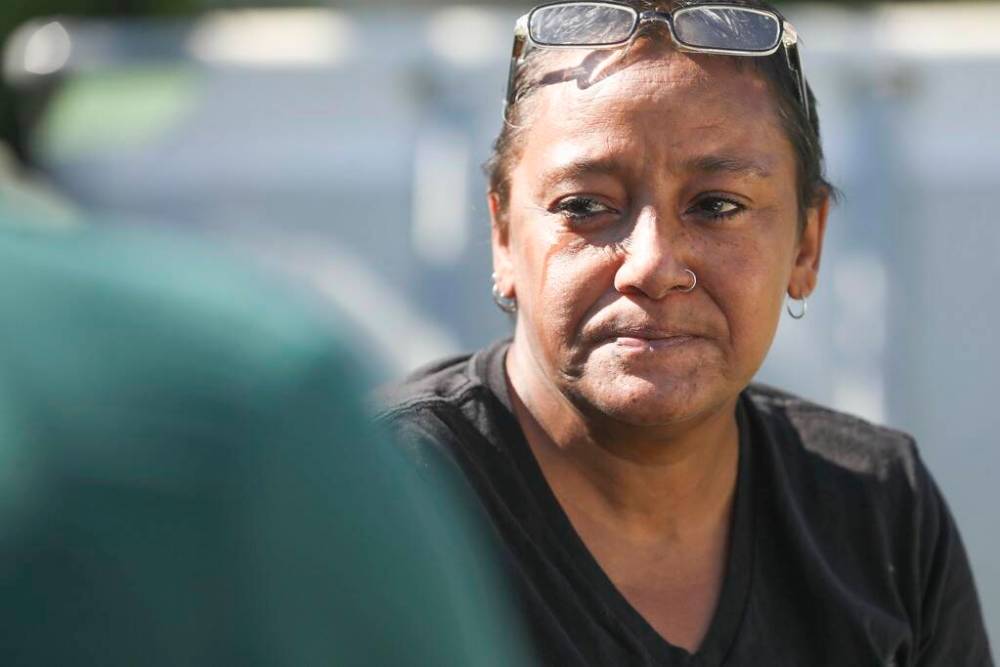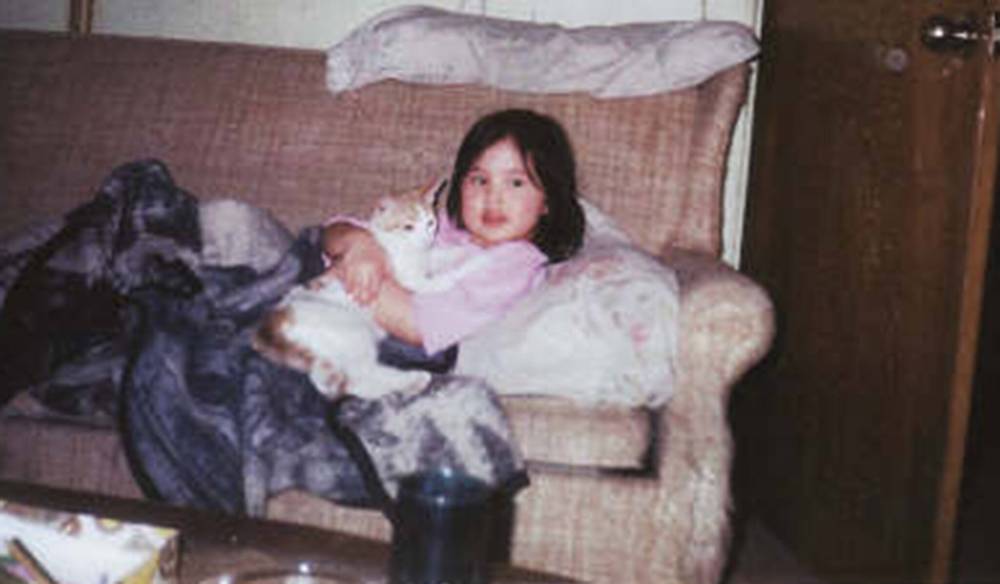Kim Edwards still remembers the moment, nearly two decades ago, when Phoenix Sinclair was taken from her care and placed with her biological mother.
“It was hell,” the former foster mom said Friday. “I wouldn’t wish it on my worst enemy… It consumes you.”
A few months later, in June 2005, five-year-old Phoenix was dead. She’d been tortured and beaten by Samantha Kematch and her boyfriend, Karl Wesley McKay. Her body would not be found until the following year.

RUTH BONNEVILLE / FREE PRESS FILES
‘I think it’s deplorable,’ said former foster mom Kim Edwards when she learned about Xavia’s death.
Kematch and McKay were sent to prison with life sentences for first-degree murder and the case sparked a two-year, $14-million public inquiry that pledged to help reshape Manitoba’s child welfare system so that such a tragedy wouldn’t be repeated.
However, a new case is eerily similar.
On Friday, RCMP identified Xavia Skye Lynn Butler as the child whose remains were found in rural Manitoba, off Highway 6 north of Winnipeg, in June. She was around two years old at the time of her death.
Police are piecing together what happened and say the last confirmed sighting of her was more than a year before her body was recovered.
“I think it’s deplorable,” Edwards said when she learned about Xavia’s death and her suspected link to the child welfare system.
While little is known about the final months of her life, questions are being raised about how nobody noticed Xavia was missing and whether signs she was being abused were overlooked.
“It doesn’t come as a surprise to me,” Edwards said. “(The child welfare system) has failed completely. There is no effectiveness.”
Retired judge Ted Hughes (who died in 2020) released the final report of the inquiry into Phoenix’s death in December 2013.
The 900-page document explored the failures of front-line staff and the system as a whole. Hughes issued 62 recommendations to protect children, but a Free Press review in March found around one-third of those remain unfulfilled.
Chief among them was a recommendation to cap the number of child cases seen by social workers at 20, to allow for more oversight of children in care.

SUPPLIED
Phoenix Sinclair was tortured and beaten by Samantha Kematch and her boyfriend, Karl Wesley McKay.
At the time of the inquiry, the average caseload was 30. It was revealed Phoenix had 27 social workers during her life.
The Free Press recently followed up with the Manitoba College of Social Workers and the province to ask where an average social worker’s caseload stands today. No one could provide an answer but said it was higher than 20.
At last word, efforts to implement the cap was at zero compliance.
While Phoenix’s death captured public attention and generated the will for change, Edwards said she long ago lost faith that the inquiry would deliver results.
“We need to go back to the original report and make it so children are protected, period,” she said.
“When society sees what actually happens behind the scenes of all of this, is when things will change for the children.”
tyler.searle@freepress.mb.ca

Tyler Searle
Reporter
Tyler Searle is a multimedia producer who writes for the Free Press‘s city desk. A graduate of Red River College Polytechnic’s creative communications program, he wrote for the Stonewall Teulon Tribune, Selkirk Record and Express Weekly News before joining the paper in 2022. Read more about Tyler.
Every piece of reporting Tyler produces is reviewed by an editing team before it is posted online or published in print — part of the Free Press‘s tradition, since 1872, of producing reliable independent journalism. Read more about Free Press’s history and mandate, and learn how our newsroom operates.
Our newsroom depends on a growing audience of readers to power our journalism. If you are not a paid reader, please consider becoming a subscriber.
Our newsroom depends on its audience of readers to power our journalism. Thank you for your support.